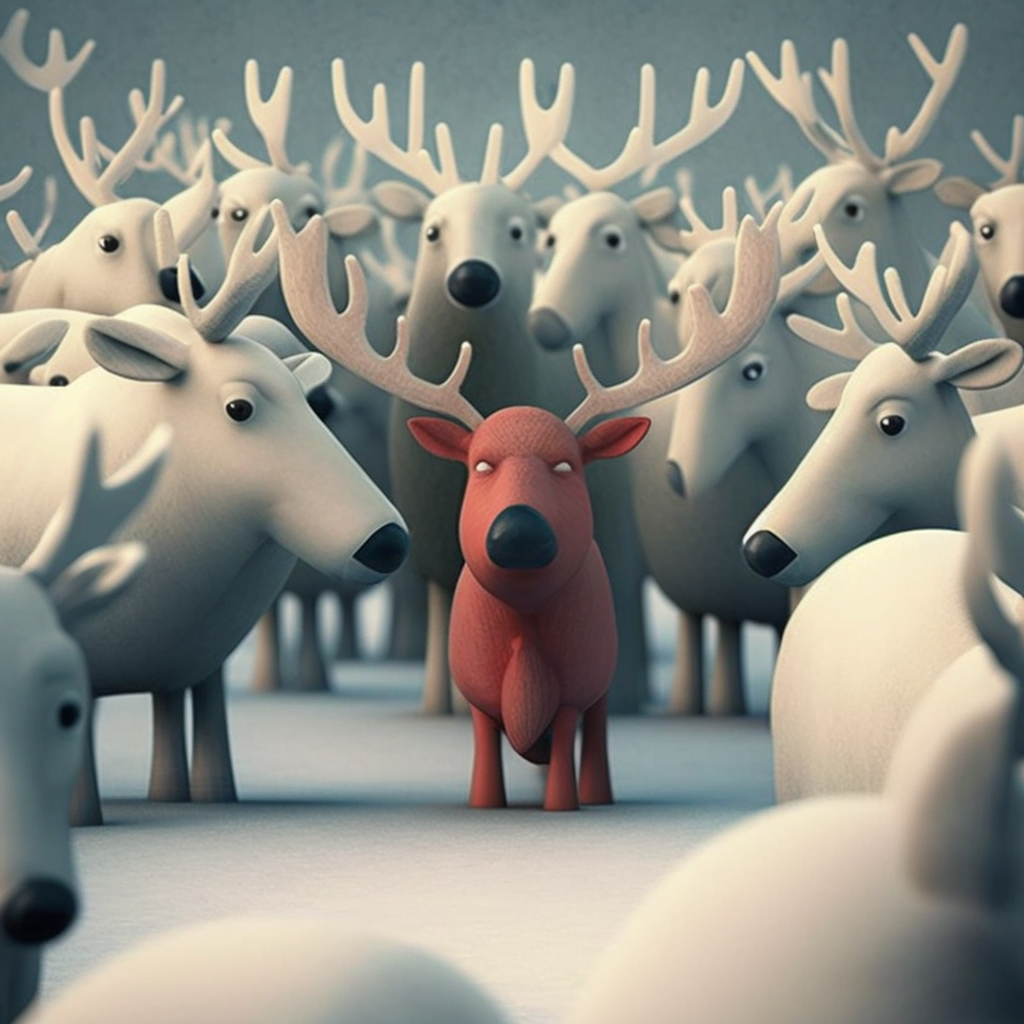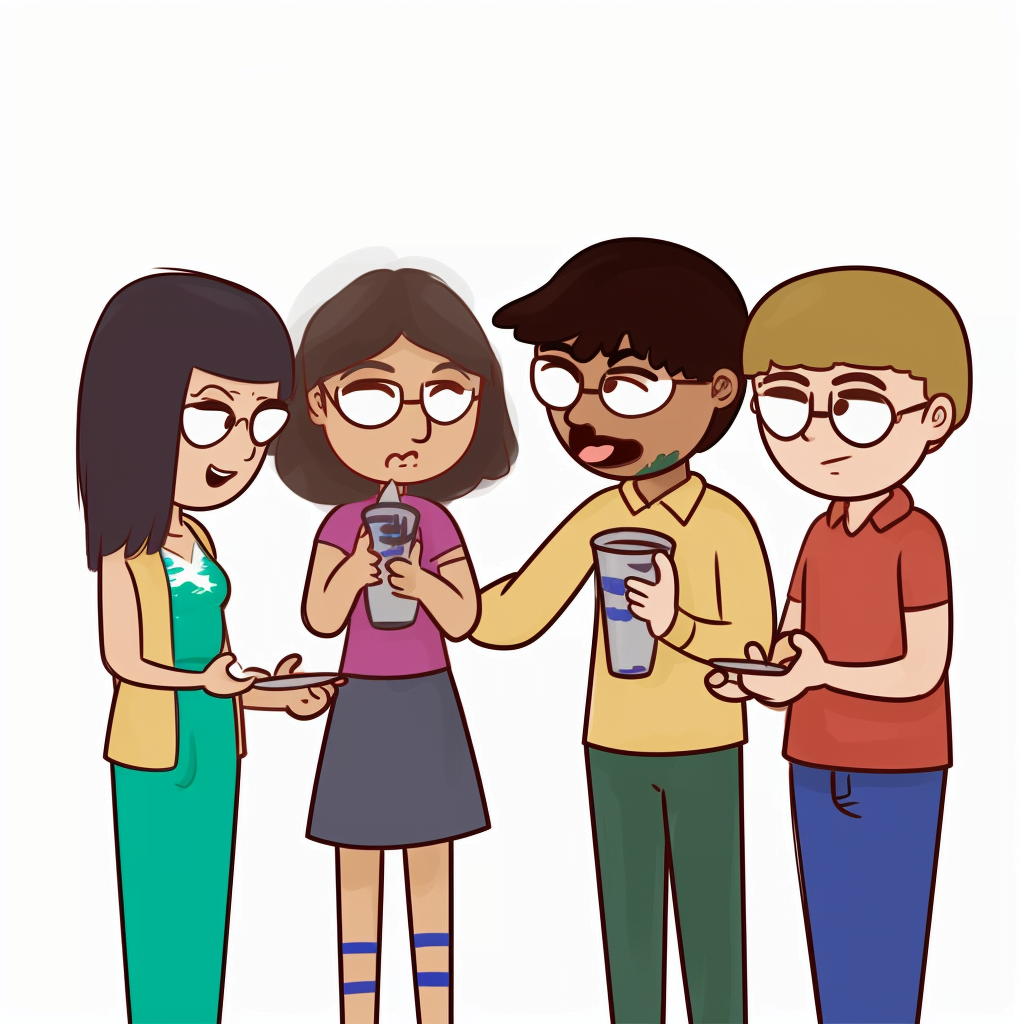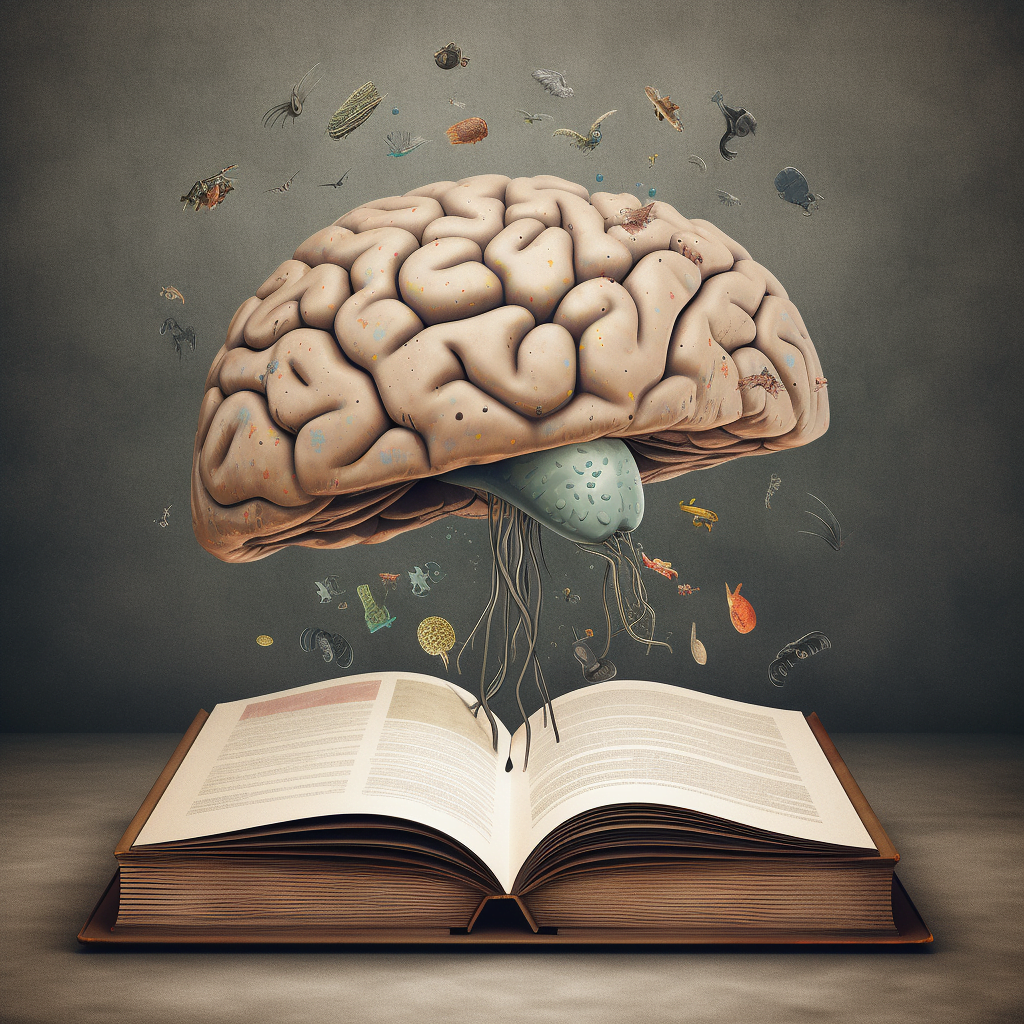
In-group bias is when groups of humans act far more helpful and favorably towards members of their own group versus any outsiders. When people and psychologists talk about tribal behavior, when referring to their own group, this is what they mean. It’s a vast subject full of nuance that affects all of our lives.
From group identities based on ethnicity, sports teams, nationalities, religions, and families, we humans love forming in-groups and treating them more special than out-groups.
Probably the worst example of in-group bias is when your co-workers Martha and Jennifer team up for the monthly cook-off and secretly sabotage your award-winning peanut butter tuna sandwich. This, to them, is of course justified, because they make up Team JaMe (terrible name, I know), and thus treat me and my delicious sandwich as an outgroup. All completely justified within the context of in-group tribalism, of course.
What is In-Group Bias?
In-group bias is a psychological theory that explains why we tend to favor our own group over other groups. We perceive group membership based on an individual’s qualities, goals, or morals. Our own group is known as the in-group, while other groups are out-groups. In-group biases are demonstrated at varying scales across the world, from small-scale groups like sports teams to large-scale groups like countries.
Us vs Them: Intergroup Hostility
Studies show that isolation increases in-group salience and strengthens group bonds, leading to an increase in biases about their own and other groups. The salience of groups is affected by intergroup competition, differences in status, and intergroup similarities. Social categorization, the process of dividing groups into “us” and “them,” plays a significant role in this behavior.
Consequences of In-group Bias
In-group bias has significant impacts on society, particularly with race as a social category. Research shows that people tend to process faces of their own race holistically, leading to better differentiation between faces of their in-group race than out-group races. This can contribute to negative biases about other races, leading to inaccurate eye-witness testimony and other harmful consequences. Anyone who identifies with a collective identity is susceptible to in-group bias, and we must be aware of the social and cognitive forces shaping our relationships with others.
Common Examples of In-group Bias
In-group bias is a psychological phenomenon that affects all of us to some extent. It is the tendency to favor individuals who belong to the same group as us, whether that group is based on race, nationality, religion, sports teams, or any other defining characteristic.
Here are some everyday examples of in-group bias in different contexts:
- Nationalism or patriotism, where people favor their own country over others.
- Favoring your own sports team over others.
- Discrimination against people based on their race or ethnicity.
- Believing that people who share your religion or political affiliation are inherently better or more moral.
- Stereotyping people based on their gender or sexual orientation.
- Preferring to spend time with people who are similar to you in some way, such as age, education level, or socioeconomic status.
- Believing that people from different regions or socioeconomic backgrounds are less intelligent or less worthy than people from your own group.
- Refusing to associate with people who are not part of your own group, whether it be a club, social circle, or workplace.
- Treating people unfairly based on their membership in a certain profession or social class.




